The Riddle of Hong Kong’s Smallest Temple
At the end of Wo On Lane in the middle of Lan Kwai Fong, Hong Kong’s famous party zone, stands a tiny testimony to the area’s past. Oblivious to the changing neighbourhood around it, Sam Ji Gwan Miu (三義君廟 Sān Yì Jūn Miào) has remained against all odds.
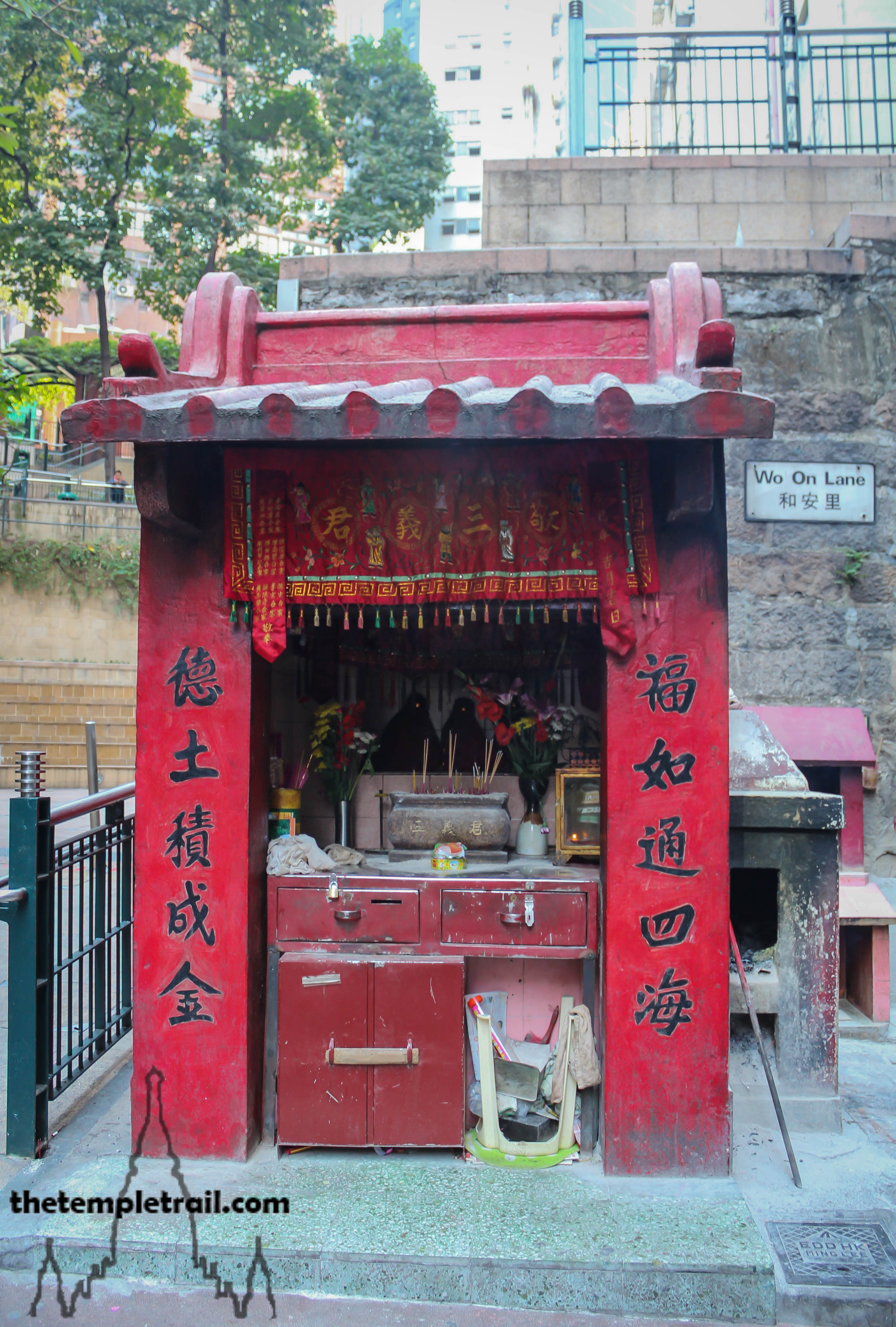
The small temple that is dedicated to the Sam Ji Gwan, or Three Righteous Kings, is the smallest temple on Hong Kong Island. While there are smaller shrines, particularly to the Earth God, Sam Ji Gwan Miu is considered a temple. Too small to have an inside area for worshippers, all activity is performed on the street.
With no official temple keeper, the care and upkeep is left to the neighbourhood worshippers, who unofficially care for the building. It is from donations made by locals that the temple has been renovated more than once over the last century or so. The age of Sam Ji Gwan Miu is unknown, but it has been there longer than living memory. The temple has many mysteries, in fact the identity of the Three Righteous Kings is unknown. There is no record of who they were, why the temple was founded and when it was built.
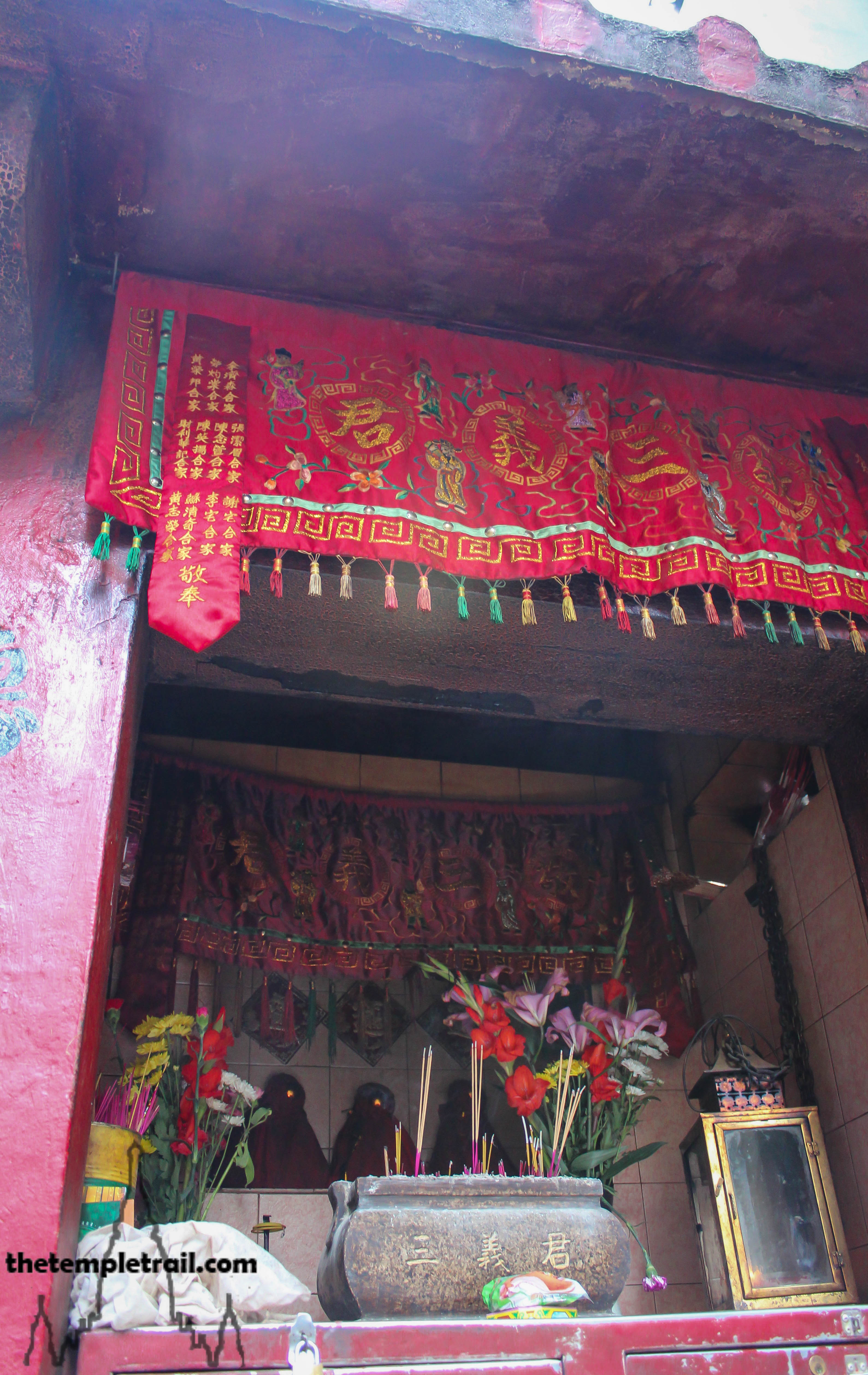
The original statues are rumoured to have been stolen many years ago, so in the centre of the temple are three red cloth wrapped objects. It is very reminiscent of a Fuk Tak shrine. Fuk Tak (福德 Fú Dé ), Bak Kung (伯公 Bó Gōng) or She Kung (社公 Shè Gōng) are names for a local earth spirit that protects the neighbourhood. The god is often represented by three stones. The rhyming couplets on the front of the temple say ‘if the good fortune spreads through the whole world, the virtuous land becomes gold’, indicating that the temple was once an Earth God Shrine, but that it was repurposed at some point in the past. The Chinese characters hide the name Fuk Tak in the words good fortune (福 fuk) and virtue (德 tak). The structure of couplets is also unusual, as they don’t match or rhyme in the way that they normally do at other temples. The temple also has a small Earth God shrine of its own to the right, as is common with Hong Kong Temples. Who then are Sam Yi Gwan?
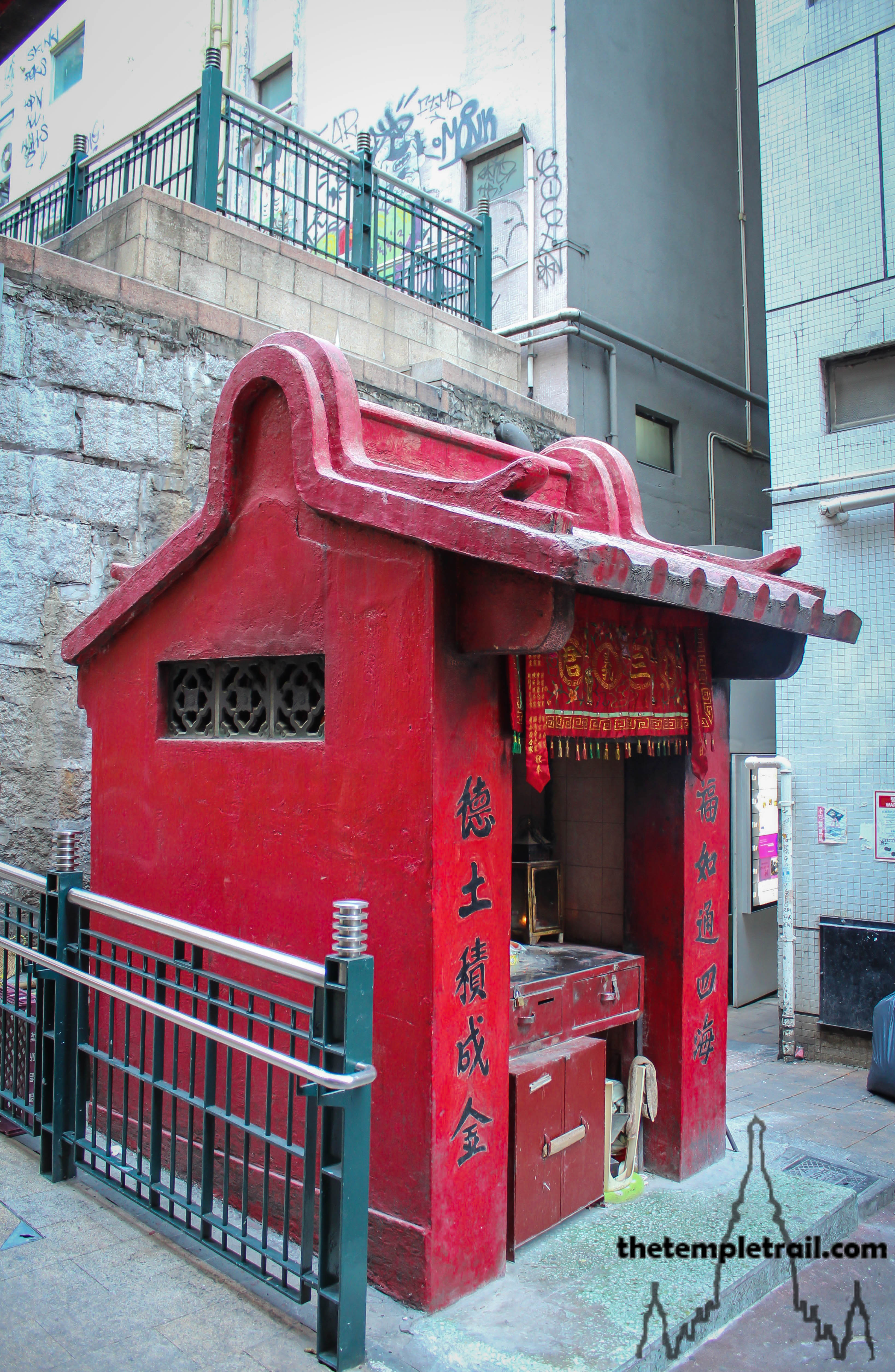
Some have pointed out that the only other temple with a similar name is in Sichuan and is dedicated to the Three Kingdoms Period heroes, Guān Yǔ (關于), Liú Bèi (劉備) and Zhāng Fēi (張飛). This seems like a stretch of the imagination, despite there being a small shrine on the side of the temple containing an image of Guān Yǔ alongside some Buddhist figures. The Hakka people of South China worship three local mountain deities called Sam Shan Kwok Wong (三山國王 Sān Shān Guó Wáng), or Kings of the Three Mountains, but these are also unlikely to be the Three Righteous Kings.
In 2006, the Hong Kong Land Department issued a demolition notice for the enigmatic ancient temple, stating that it was illegally occupying the land. Space in Hong Kong comes at a premium. A corridor was planned to link SOHO to Lan Kwai Fong so that more revenue could be generated by the bars. Nobody responded to the demolition notice, as no one was in charge of the temple. Worship just continued as normal and a few upset voices were raised. As the buildings around it changed, the temple remained.
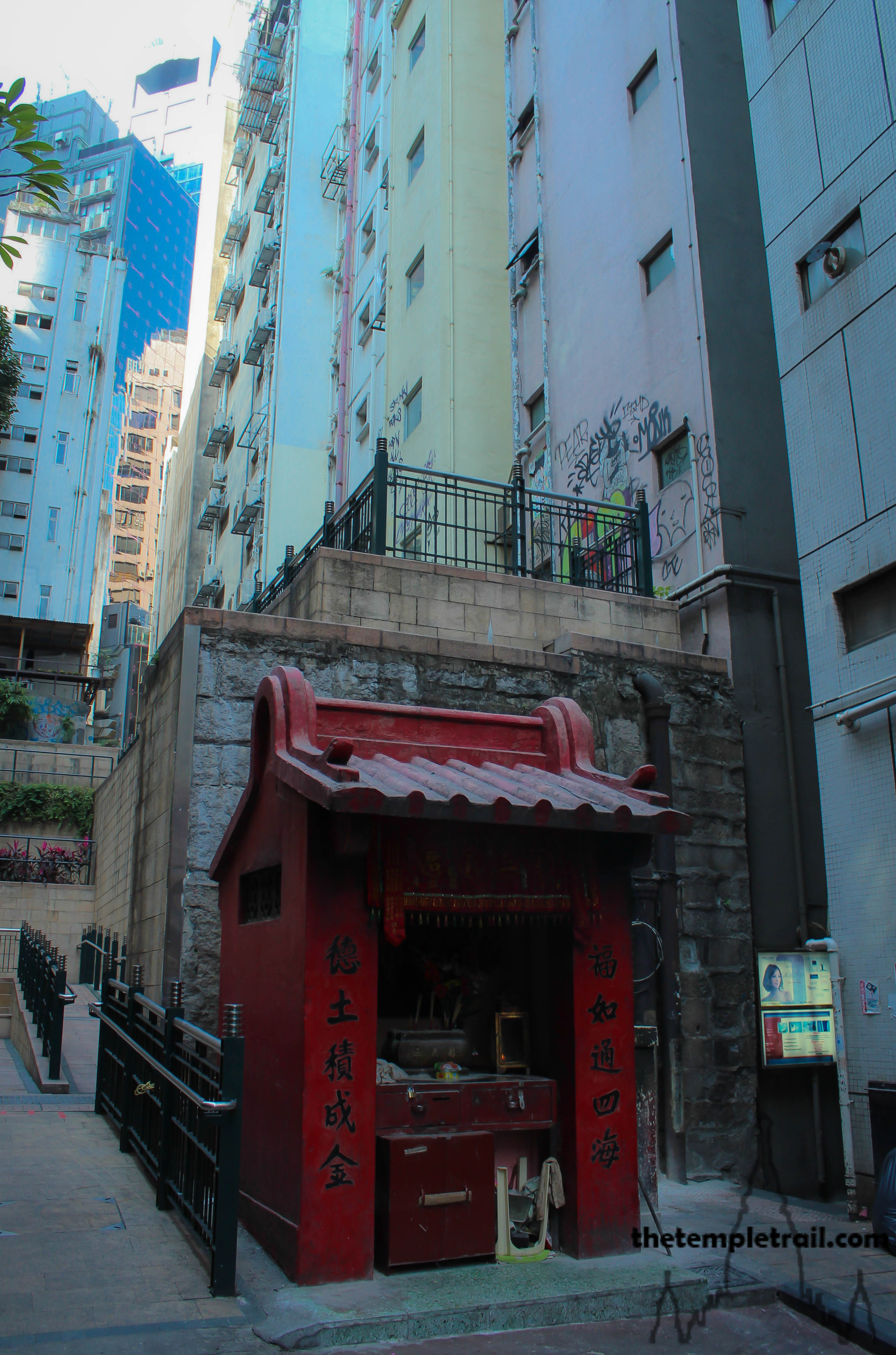
The government either had a change of heart, or they have been procrastinating, as the temple still stands there today, almost a decade after the notice was served. People actively worship there, but when questioned, cannot supply answers to the questions about the temple. In order to preserve this riddle for future generations to ponder, a protection order would be a progressive step forward. Hong Kong often loses its heritage to ‘progress’ and while there appears to be no active movement from the government in acting on their notice, a reassurance to the local community would be a welcome message.
This temple, so out of place in its modern surroundings is an important part of the Hong Kong cultural scene. The island would be poorer for its loss and no richer from the addition of another bar.
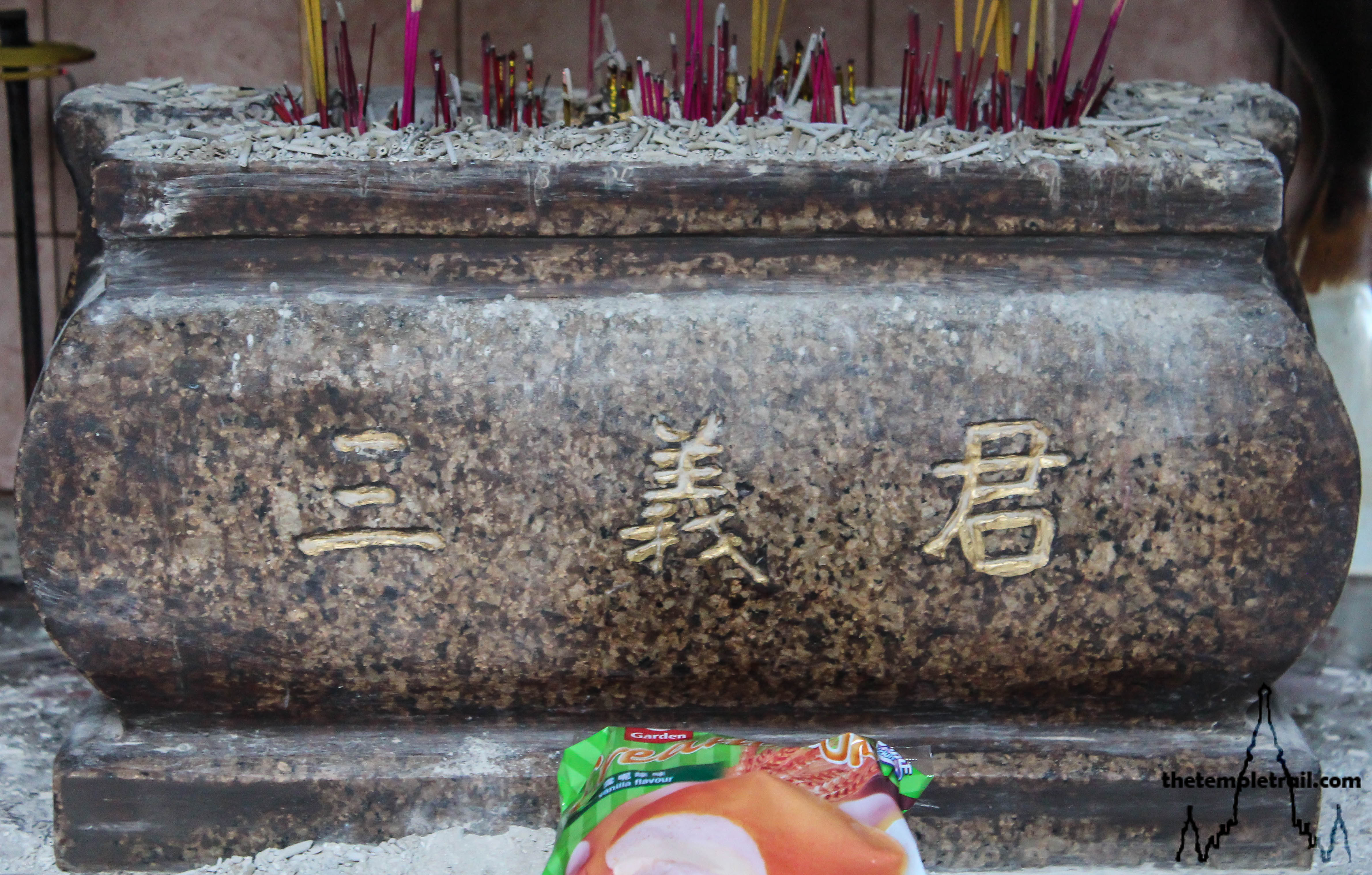
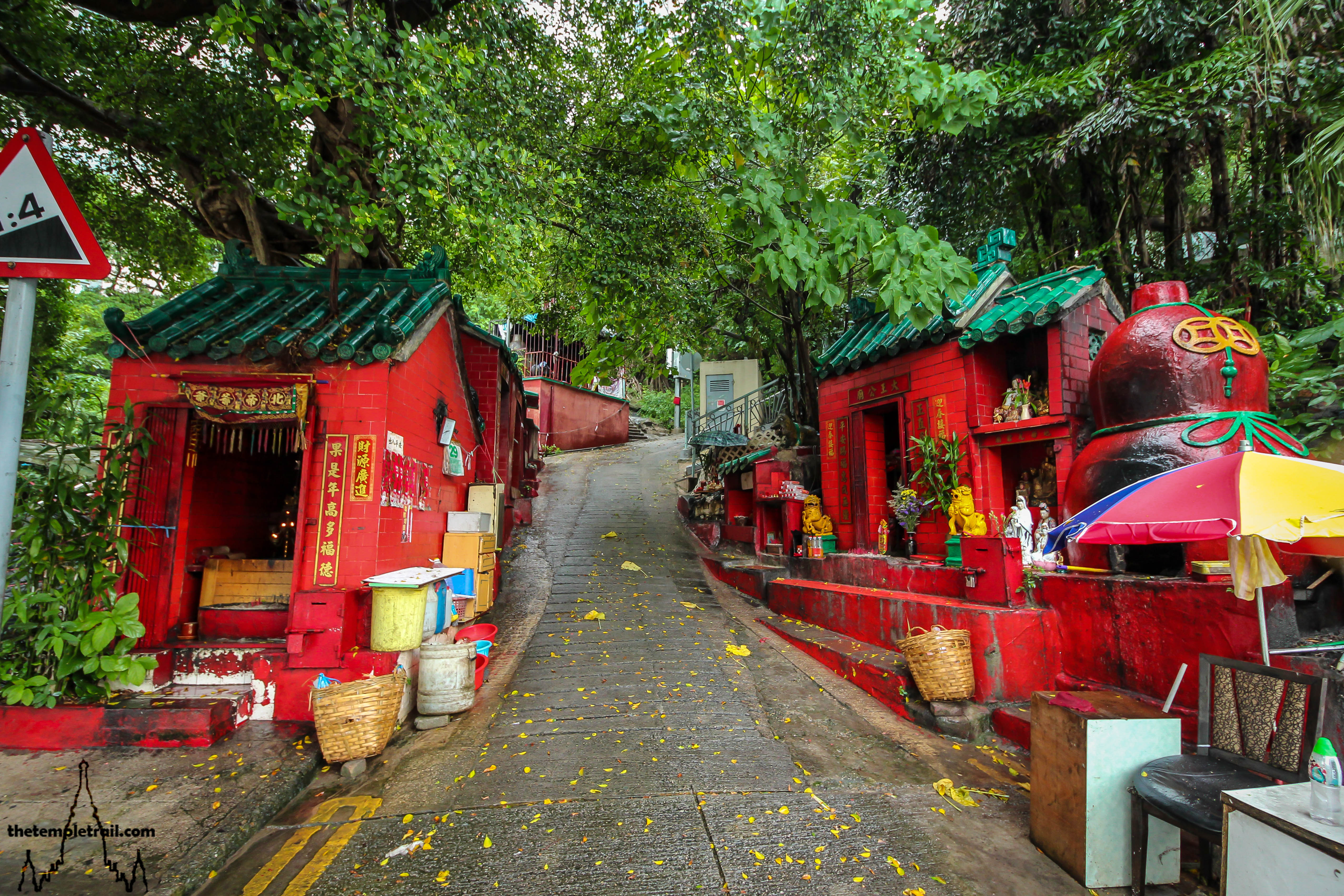 The Guardians of Aberdeen
The Guardians of Aberdeen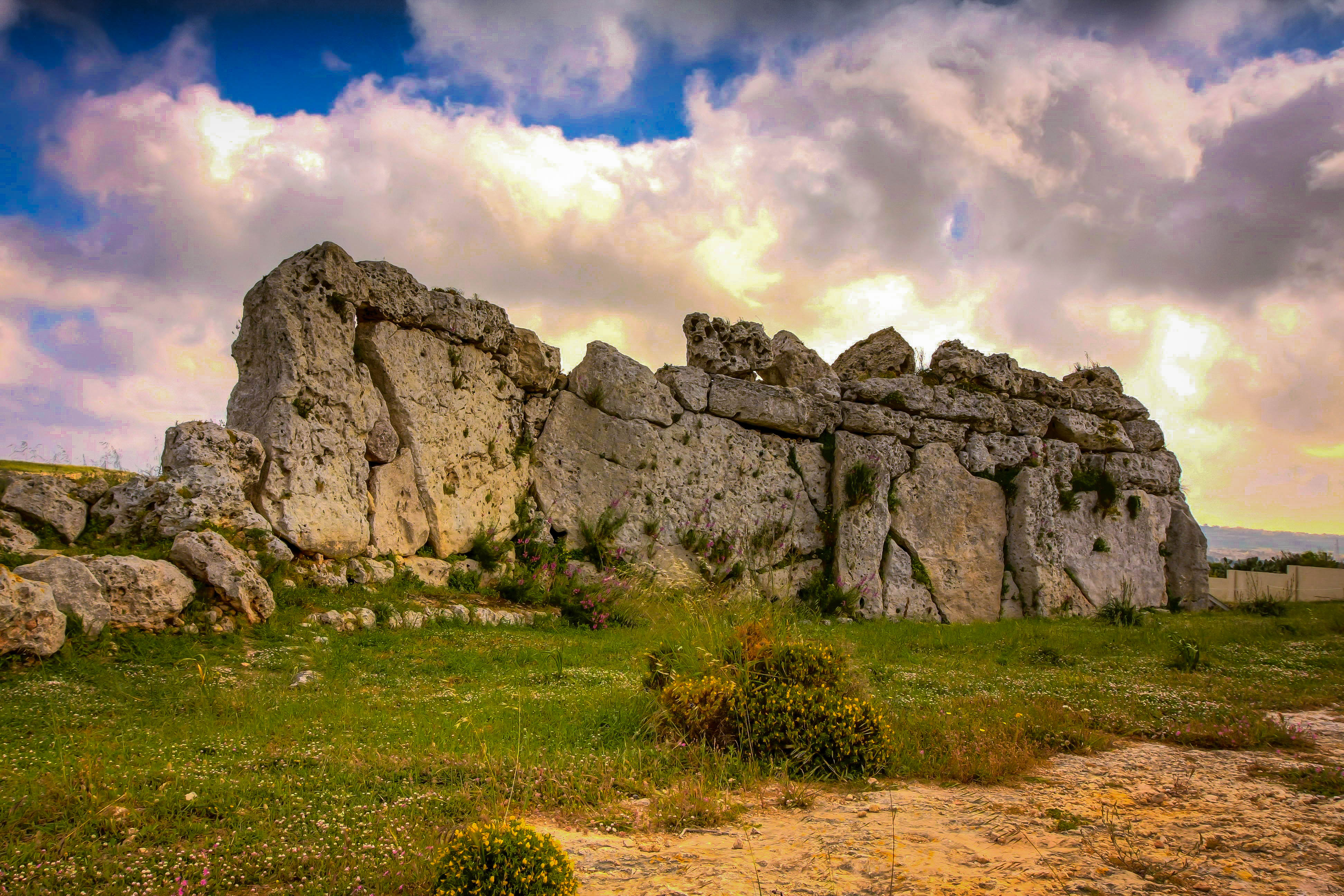
Awesome article! Thanks Tom!
Thank you MaryAnn